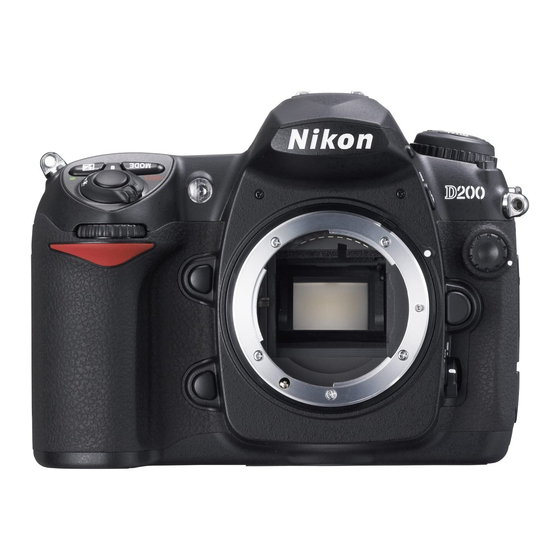Nikon D200 운영 매뉴얼 - 페이지 11
{카테고리_이름} Nikon D200에 대한 운영 매뉴얼을 온라인으로 검색하거나 PDF를 다운로드하세요. Nikon D200 23 페이지. Exploring
Nikon D200에 대해서도 마찬가지입니다: 브로셔 및 사양 (13 페이지), 브로셔 (7 페이지), 설정 매뉴얼 (2 페이지), 브로셔 및 사양 (18 페이지), 브로셔 (14 페이지), 사양 (2 페이지), 기능 및 비교 차트 (1 페이지), 사용자 설명서 (19 페이지), 사양 (2 페이지), 빠른 시작 매뉴얼 (2 페이지), 매뉴얼 (25 페이지), 빠른 시작 매뉴얼 (9 페이지)

